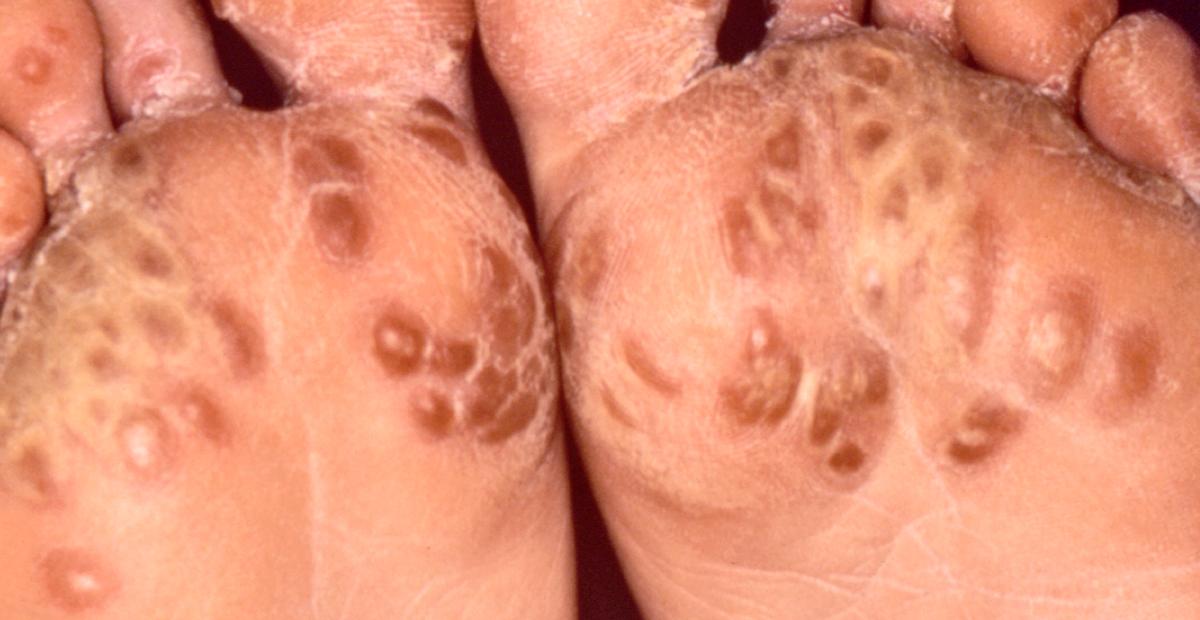Guide To The Types Of Spondyloarthropathy
Ankylosing Spondylitis

Also called Marie-Strümpell disease, ankylosing spondylitis is a chronic and progressive form of arthritis where the bones of the spine are inflamed and fuse together. It affects men more than women and usually starts when the patient is in their late teens or twenties. The early symptoms are an ache in the lower back sometimes accompanied by sciatica. Patients also suffer early morning stiffness in the spine. At first, they just believe they are suffering from a backache. As the disease progresses, the pain moves from the lower back to the thoracic spine and up to the neck. The pain may also spread to the arms, legs, feet, and hands. As the spine continues to stiffen, the patient may adopt a 'bent forward' posture. Their muscles may also become stiff, and they may suffer weight loss and fatigue. Another symptom of ankylosing spondylitis is iritis, or red and sore eyes.
Get the details on more spondyloarthropathy types now.
Reactive Arthritis

Reactive arthritis results in painful swelling in the joints, most often the knees or ankles. The heels, toes, and fingers also swell and patients often have persistent lumbar pain that is worse in the morning or at night. The eyes may be red and irritated, and patients may have a rash on the soles of their feet or their palms and burning urination. While the ultimate cause of reactive arthritis is unknown, reports indicate a genetic predisposition comes into play. Research also shows reactive arthritis most often occurs after a variety of infections, including Chlamydia trachomatis, shigella, Campylobacter bacteria, and salmonella. Reactive arthritis appears about a month after the person experiences symptoms of their infection. Reactive arthritis used to be considered Reiter's syndrome, though the two are now classified as different conditions.
Uncover the next form of spondyloarthropathy now.
